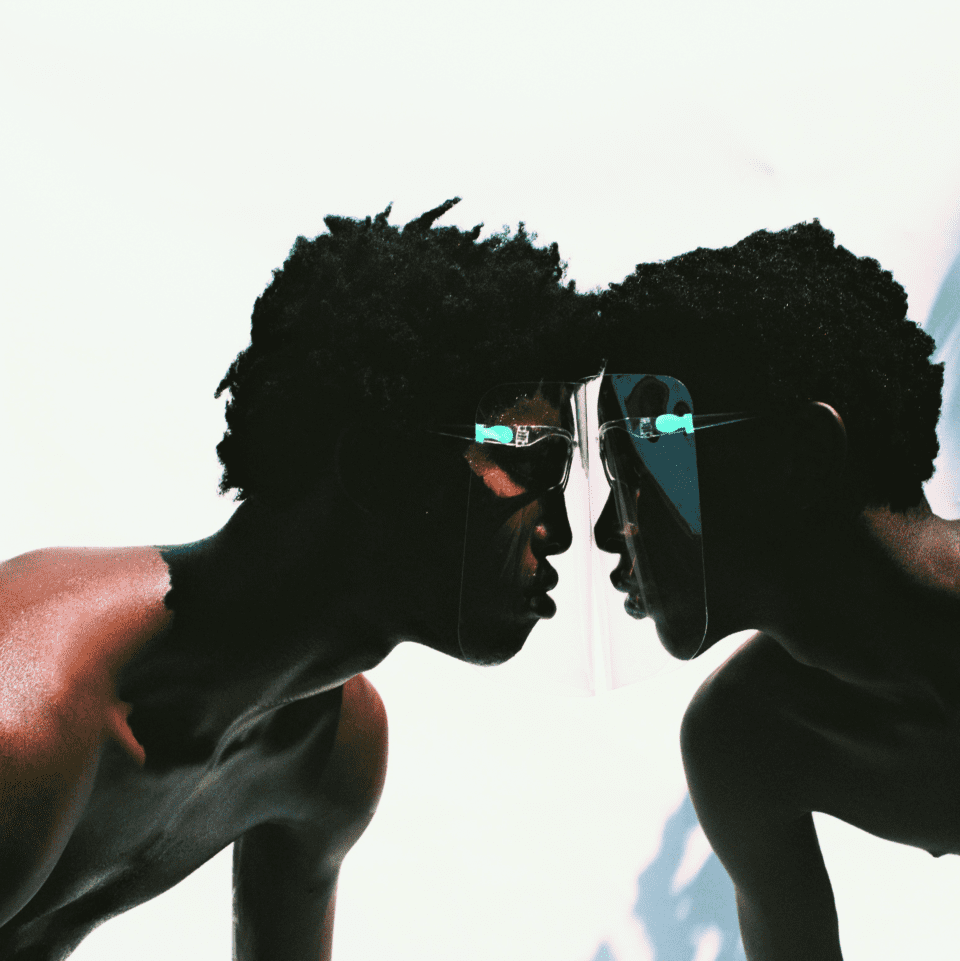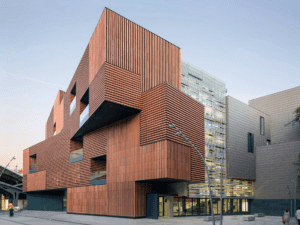“As Black people in a white supremacist culture we have had a history of learning to utterly hide or repress our vulnerability in order to survive. When this survival strategy links with the overall devaluation of vulnerability it makes sense that so many Black folks have wrongly interpreted invulnerability as a sign of emotional strength. The inability to be vulnerable means that we are unable to feel.”
So begins American author bell hooks (b. 1952) in We Real Cool: Black Men and Masculinity (2004). She suggests that Black men are forced to repress themselves in white America, arguing that racist and sexist attitudes have had the effect of dehumanisation. In Black Masculinities, published by Hatje Cantz, editor Joshua Amissah writes, “On a meta-level, the pictorial embodiment of Black masculinity had always felt like a social construct of race, class, gender, and sexuality, which had been sugarcoated with ‘coolness’.” Now, Amissah strives to push past these stereotypes in a compendium of 220 photographs by 22 artists who question what it means to be a ‘man.’


In a series entitled “Soft”, Namafu Amuste’s (b. 1998) photographs explore the affection that exists between brothers. The artist is inspired by Afrofuturism, feminism and Southern African traditions and focuses on centring Black perspectives from all walks of life. She explains, “More than often, the visuals that we encounter in relation to Black boys and Black men portray the constant stereotypes of violence, aggression and hypersexualisation. The constant push of this narrative drowns our ability to be able to even fathom Black men and boys as soft and subtle, as loving and caring, as emotionally attached beings.” In these images, young men hold each other’s shoulders, wrapped in orange gauze. Semi-transparent fabrics evoke a softness that unites family members, as if blood has been substituted for textile. Likewise, the works of Isaac West convey a peculiar and sensitive approach to image-making through clothing. Figures in moss-green gloves conjure a contemporary regality. Men sit in wheat fields wearing blue puffer coats, posing next to shiny azure-coloured bottles of laundry detergent. Elsewhere, subjects appear in jumpsuits in the snow, pouring water over apples. A surrealness imbues images with uncertainty, as subjects in casual uniforms partake in absurd situations.

Further on in the book, Lakin Ogunbanwo (b. 1987) creates enigmatic portraits with a subversive undertone. Subjects pose defiantly in bold and vibrant compositions that echo the African studio photography of Seydou Keita (b. 1920), Malik Sadibe (b. 1936) and Leonce Raphael Agbodjelou (b. 1965). In an expansion of the contemporary African visual archive, Ogunbanwo focuses on Lagos culture, using regional-specific portraiture to counteract a western gaze. Bodies are wrapped in green ropes, heads rest on purple velvet gloves, as faces press against each other, separated by clear visors. Props are deliberately placed in order to conceal individual faces. Foliage, drapery and shadow counteract the possibility of a “monolithic gaze,” instead encouraging a viewing that honours and sees the men being represented. This is also reflected in the works of Eric Asamoah (b. 1999), an artist who focuses on the raw and delicate experiences of growing up. Young men are caught between moments of excitement and relief, as they playfully wrestle and lie on the grass. The analogue pictures can also be seen in Aesthetica’s feature here.


Ruby Okoro (b. 1994) is a self-taught visual artist who started his practice in painting. His photographic work presents arrangements of closely studied, solitary figures against vast red sun-lit skies, black oil seas or landscapes of sand. Okoro is fascinated by the diversity on the streets of Lagos, creating work framed by hyperreal light and colours. His portraits focus on hairdressers, marketplaces and village festivals, set in the midst of Nigerian landscapes. This attention to nature also extends to Naomi Mukadi (b. 1997), in a series rooted in the environment. The artist’s work evokes playfulness, nostalgia and vibrancy. Men rest against neon taffeta fabrics or underneath blue silk scarves, as if to embrace large, encompassing flowers. She explains, “My simple ambition is to highlight each personality, each colour, each face that will pass behind my camera by showing the beauty that exists in each of the diversities that I encounter every day.”
Black Masculinities is a collection that prioritises community-building and empowerment. It recognises a diverse range of identities, acknowledging there is no singular definition or experience of being a Black man. It speaks to a wider conversation on what it means to be both emotionally and physically present, in tune with current exhibitions like the ICP’s Love Songs in New York, featuring Clifford Prince King (b. 1993) or Ajamu’s (b. 1963) most recent retrospective, The Patron Saint of Darkrooms, open at Autograph in London until September. These works establish a powerful framework, as they reject power hierarchies and Euro-centric agendas, instead opting for “a progressive and liberated world.”
Black Masculinities | hatjecantz.de
Words: Chloe Elliott
Image Credits:
1. © Naomi Mukadi
2. © Isaac West
3. © Namafu Amutse
4. © Lakin Ogunbanwo
5. © Ruby Okoro





